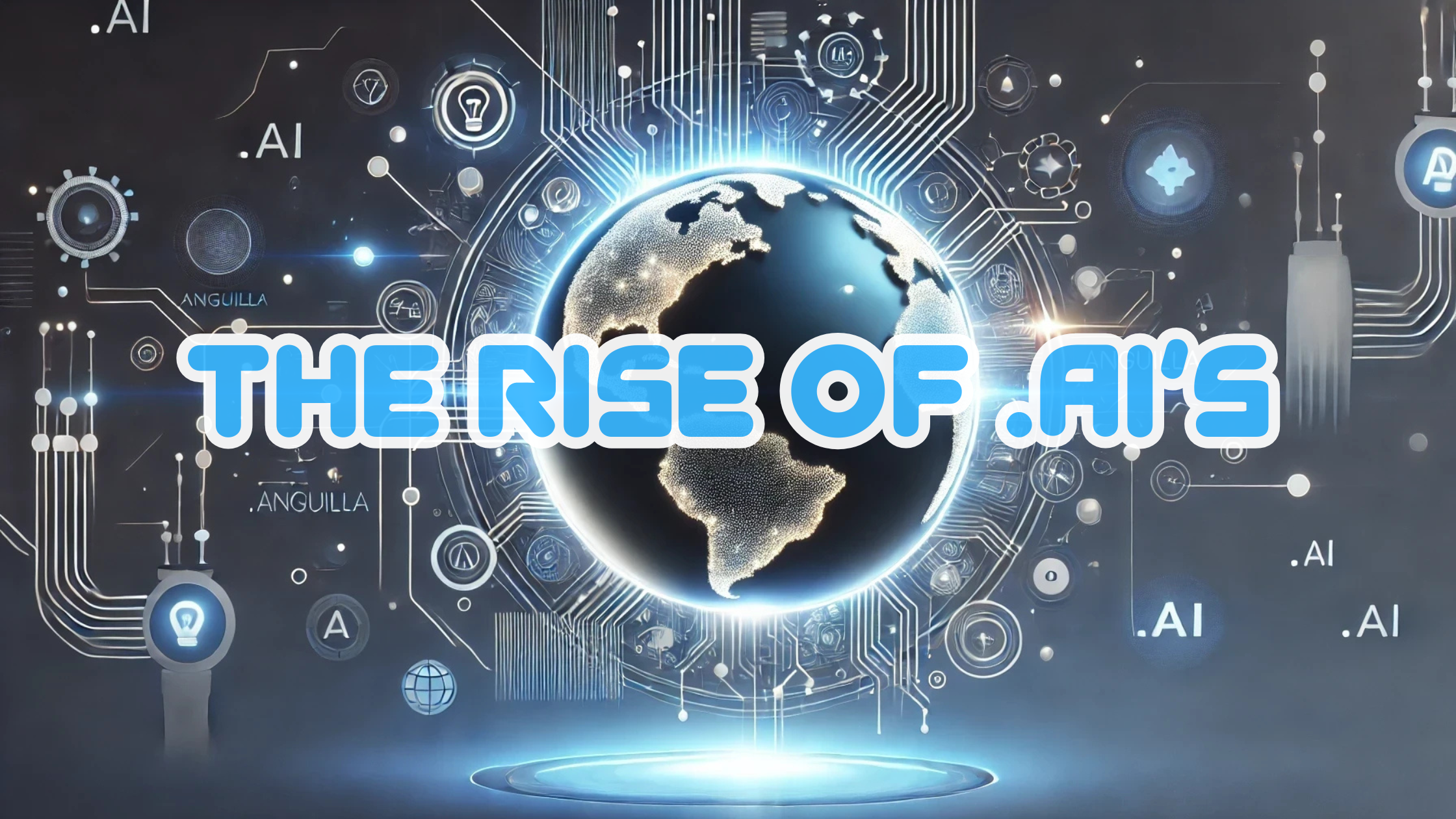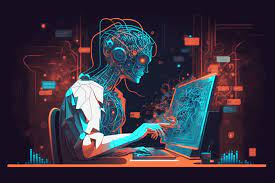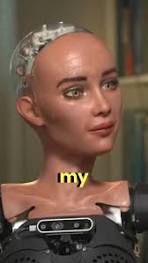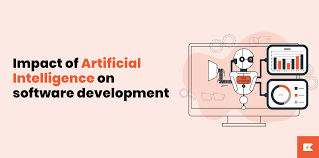Exploring the Best AI Innovations Shaping Our Future
The Best AI Technologies Transforming Our World
Artificial Intelligence (AI) is revolutionizing industries and changing the way we live, work, and interact with technology. From healthcare to finance, AI technologies are making significant impacts across various sectors. Here are some of the best AI technologies that are leading the charge in this transformative era.
Machine Learning
Machine learning is a subset of AI that focuses on building systems that can learn from data and improve their performance over time without being explicitly programmed. This technology powers many applications we use daily, such as recommendation engines on streaming platforms and personalized marketing strategies.
Natural Language Processing (NLP)
NLP enables machines to understand, interpret, and respond to human language in a way that is both meaningful and useful. It is the driving force behind virtual assistants like Siri and Alexa, as well as chatbots used in customer service environments.
Computer Vision
Computer vision allows machines to interpret and make decisions based on visual data from the world around them. This technology is essential for applications like facial recognition systems, autonomous vehicles, and medical imaging diagnostics.
Robotics
AI-powered robotics are transforming industries by automating tasks that were once considered too complex or dangerous for humans. From manufacturing floors to surgical rooms, robots are enhancing efficiency and precision.
Deep Learning
A more advanced form of machine learning, deep learning utilizes neural networks with many layers (deep neural networks) to analyze various factors of data inputs. This technology has been instrumental in breakthroughs such as AlphaGo defeating human champions in Go.
The Impact on Industries
The impact of these AI technologies extends across various fields:
- Healthcare: AI assists in diagnosing diseases earlier with greater accuracy through predictive analytics and personalized medicine.
- Finance: Fraud detection systems powered by AI help secure transactions while algorithmic trading optimizes investment strategies.
- Retail: Personalized shopping experiences are enhanced through AI-driven recommendations and inventory management systems.
- Agriculture: Precision farming techniques use AI for crop monitoring and yield prediction to increase efficiency.
The Future of AI
The future of AI holds immense potential as these technologies continue evolving at a rapid pace. Ethical considerations regarding privacy and job displacement remain crucial discussions as society integrates more deeply with intelligent systems.
The best AI technologies not only improve current processes but also open new possibilities for innovation across all aspects of life—making our world smarter every day.
Top 9 FAQs About the Best AI: Chatbots, Accuracy, and Popularity
- Which is the best AI chatbot?
- What is the best AI in the world?
- What is the current best AI?
- Is Grok 3 really the best AI?
- Which AI is better than ChatGPT?
- What is the most accurate AI?
- What is the most popular AI?
- Which is the best AI right now?
- Which is the smartest AI?
Which is the best AI chatbot?
When it comes to identifying the best AI chatbot, it largely depends on the specific needs and context of use. Some of the most popular and advanced AI chatbots include OpenAI’s ChatGPT, Google’s Bard, and Microsoft’s Bing Chat. These chatbots are known for their ability to understand context, generate human-like responses, and continuously learn from interactions to improve over time. For businesses, chatbots like Drift and Intercom are highly regarded for customer service and sales automation. Ultimately, the best AI chatbot is one that aligns with the intended use case—whether it’s for casual conversation, customer support, or specialized industry applications—and effectively meets user expectations in terms of accuracy, reliability, and ease of integration.
What is the best AI in the world?
Determining the “best” AI in the world depends on the context and specific application it is being evaluated for. In the realm of natural language processing, models like OpenAI’s GPT-3 have been recognized for their advanced capabilities in understanding and generating human-like text. For image recognition, Google’s DeepMind has made significant strides with its AlphaGo program, which famously defeated world champions in the game of Go. In autonomous driving, companies like Tesla and Waymo are leading with their sophisticated AI systems designed to navigate complex driving environments. Each of these represents a pinnacle of achievement in its respective field, showcasing how diverse and specialized AI technologies can be when addressing different challenges. Ultimately, the “best” AI is one that excels at its intended purpose and continues to push the boundaries of what’s possible within its domain.
What is the current best AI?
Determining the “best” AI can be challenging, as it largely depends on the specific application and criteria for evaluation. However, some of the most advanced AI models currently include OpenAI’s GPT-3 and its successor GPT-4, which excel in natural language processing tasks, offering human-like text generation capabilities. In the realm of image recognition and computer vision, models like Google’s Vision Transformer (ViT) have set new benchmarks for accuracy and performance. DeepMind’s AlphaFold has revolutionized protein structure prediction in biology, showcasing AI’s potential in scientific research. Each of these AI systems represents cutting-edge advancements in their respective fields, highlighting the diverse capabilities and applications of modern artificial intelligence technologies.
Is Grok 3 really the best AI?
Grok 3 has garnered significant attention in the AI community for its advanced capabilities and innovative features, leading many to question whether it is truly the best AI available. Developed with cutting-edge algorithms and a robust architecture, Grok 3 excels in natural language processing, machine learning, and data analysis tasks. Its versatility allows it to be applied across various industries, from healthcare to finance, making it a strong contender in the AI landscape. However, determining if it is the “best” AI depends on specific needs and criteria, as other AI models may outperform Grok 3 in certain specialized applications or environments. Ultimately, while Grok 3 is undeniably powerful and efficient, the “best” AI can vary depending on individual requirements and use cases.
Which AI is better than ChatGPT?
Determining which AI is better than ChatGPT depends on the specific needs and use cases. While ChatGPT excels in generating human-like text and engaging in natural language conversations, other AI models may outperform it in specialized areas. For instance, Google’s BERT is renowned for its capabilities in understanding the context of words in search queries, making it particularly useful for search engine optimization tasks. Meanwhile, OpenAI’s DALL-E specializes in generating images from textual descriptions, showcasing strengths in creative visual content generation. Ultimately, the “better” AI is contingent upon the task at hand and the specific requirements of the application.
What is the most accurate AI?
Determining the “most accurate” AI largely depends on the specific application or task it is designed to perform. For example, in the realm of natural language processing, models like OpenAI’s GPT-4 and Google’s BERT are renowned for their accuracy in understanding and generating human-like text. In image recognition, systems built on convolutional neural networks (CNNs), such as those used by Google’s DeepMind or Facebook’s AI Research, often lead the field in precision. Furthermore, specialized AI models excel in niche areas like medical diagnostics or financial forecasting due to their tailored data sets and algorithms. Ultimately, the accuracy of an AI system is contingent upon its training data quality, algorithm design, and intended use case.
What is the most popular AI?
When discussing the most popular AI, it often refers to technologies and platforms that have gained widespread recognition and adoption across various industries. Currently, machine learning models like OpenAI’s GPT series and Google’s BERT are among the most popular due to their advanced natural language processing capabilities. These models are widely used in applications ranging from chatbots and virtual assistants to content creation and data analysis. Additionally, AI platforms such as TensorFlow and PyTorch are highly popular among developers for building custom machine learning models. These tools have become integral in advancing AI research and application development, making them some of the most recognized names in the field today.
Which is the best AI right now?
Determining the “best” AI is challenging, as it largely depends on the specific application and context. However, some of the most advanced AI systems currently recognized for their capabilities include OpenAI’s GPT-4 for natural language processing, Google’s DeepMind for its breakthroughs in deep learning and reinforcement learning, and IBM’s Watson for its applications in data analysis and business solutions. These AI systems excel in different domains—GPT-4 is renowned for generating human-like text, DeepMind has demonstrated exceptional performance in strategic games like Go, and Watson offers robust analytics across various industries. Ultimately, the best AI is one that effectively meets the needs of a particular task or industry.
Which is the smartest AI?
Determining the “smartest” AI is challenging because intelligence can be measured in various ways depending on the context and application. Some of the most advanced AI systems include OpenAI’s GPT models, which excel in natural language understanding and generation, and DeepMind’s AlphaGo, which demonstrated remarkable strategic thinking by defeating human champions in the complex game of Go. Each of these systems showcases different aspects of AI capabilities, from language processing to strategic decision-making. However, it’s important to note that these AIs are highly specialized for their respective tasks and do not possess general intelligence akin to human cognition. As AI technology continues to evolve, new advancements may redefine what is considered the “smartest” AI in different domains.








